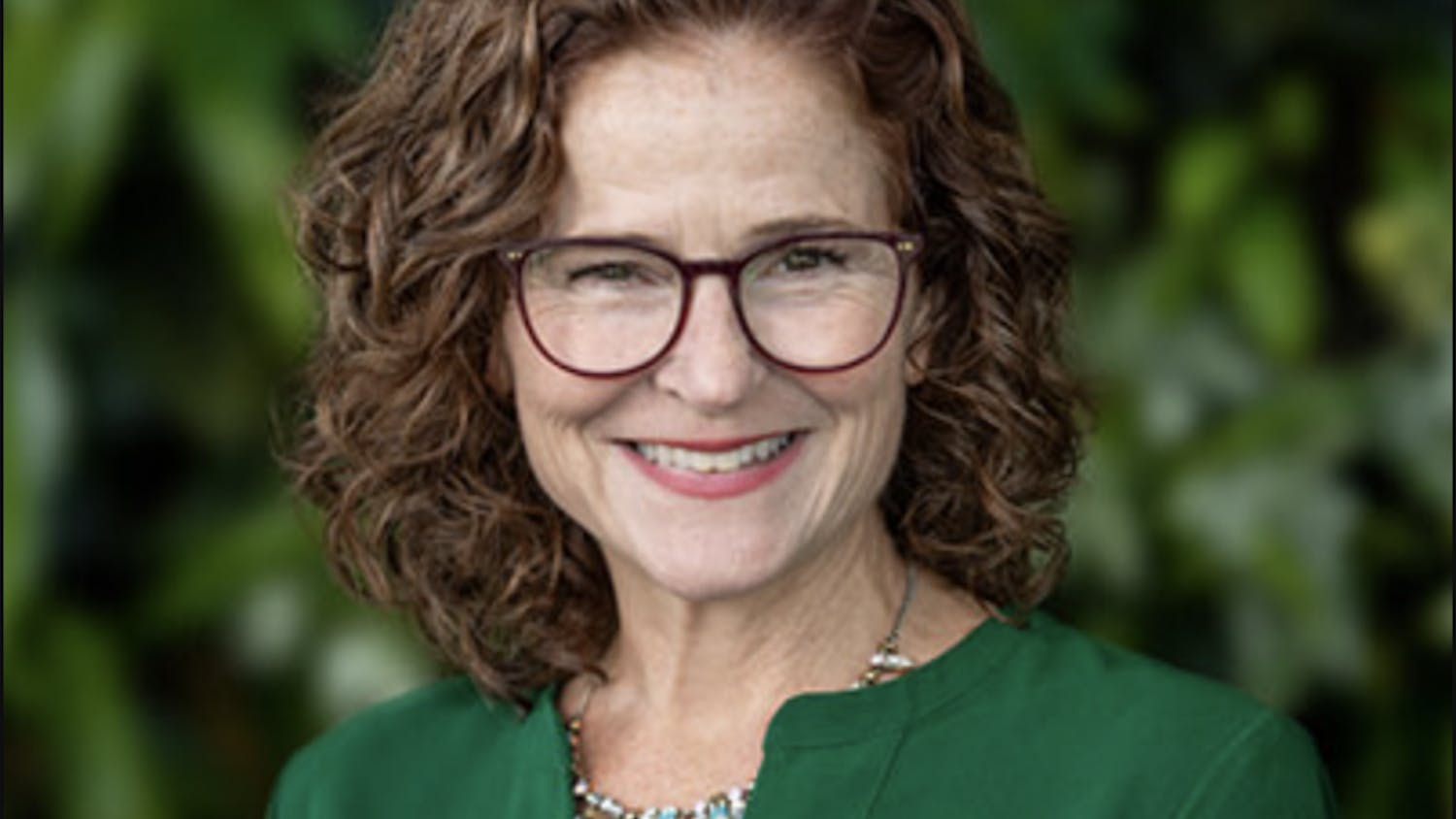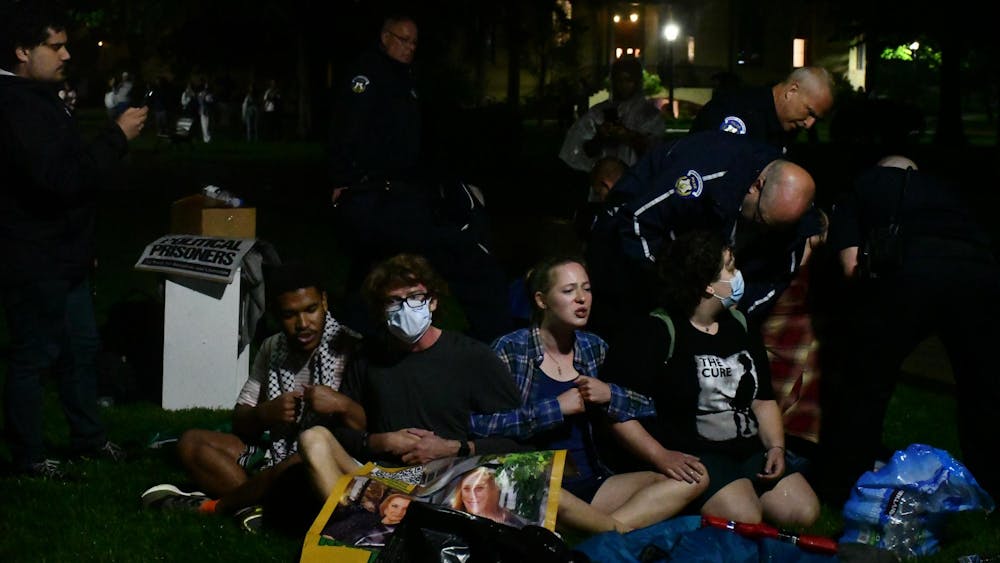The enrollment in college engineering programs around the nation has reached its highest level in 30 years, according to the American Association of Engineering Education, and Saint Mary's College is no exception. The Engineering Dual Degree Program at Saint Mary's has grown since its establishment in 1977.

Four students completed the program within a period of 13 years between 1993 and 2006, but most recently, in the three-year period from 2007 to 2010, three students completed the program, Dr. Toni Barstis, Saint Mary's Chemistry professor and engineering program director, said.
Currently, there are six fifth-year students finishing the program at Notre Dame and 25 second through fourth-year students in the program. The number of first-year students who have shown an interest is about 17, Barstis said.
"We are increasing the number of female students in each graduating engineering class at Notre Dame by 10 percent," Barstis said.

Barstis attributes part of the growth of the program to her collaborative efforts with Cathy Pieronek, Assistant Dean of Academic Affairs and Director of the Women's Engineering Program in the College of Engineering, to promote the program, advise students and provide support through the Society of Women Engineers (SWE). Other key factors were the support of the students for each other as well as the growing awareness of young women for the opportunities in the science, technology, engineering and mathematics fields, otherwise known as STEM fields.
The Engineering Dual Degree Program is designed as a five-year joint program through Saint Mary's and Notre Dame in which students earn a bachelor's degree from Saint Mary's in four years and finish their fifth year at Notre Dame with a second bachelor's degree of science in engineering.
The majority of students enrolled in the program major in mathematics — computational or standard — or chemistry; however, one student majored in philosophy, Barstis said.
Junior Taylor Chamberlain, a chemistry and chemical engineering major, said she was drawn to the program for the opportunity of a small college experience while offering the engineering major available at larger universities.
Chamberlain believes the growth in the program has to do with the changing attitudes of women towards engineering.
"I think you have to take into consideration that more women in general are realizing that, yes, engineering is something they can do and enrollment is up for engineering programs across the country," Chamberlain said. "It's just more noticeable with [Saint Mary's] because we are a much smaller program. Where six to 10 more girls might go unnoticed in a larger school, four to five is a big deal for us."
Not all students who initially show interest in the program complete it fully, but those statistics are not yet available, according to Barstis.
After being encouraged as second- and third-year students to explore the engineering field through classes, a few students who find they are not passionate about engineering decide to leave the program. A smaller number of students are unable to continue with the program due to insufficient grades.
"Due to the amount of work required to earn two degrees from two institutions, it is simply too much unless the student is 100 percent dedicated and committed to the program," Barstis said.
The course load for the program is intense as the students are working for two bachelor degrees.
"I think probably the most challenging part of the program is the class schedule," Chamberlain said. "In order to finish two technical science degrees in five years, we have to take a lot of classes very close together that might have usually been more spaced out."
The Engineering Dual Degree program's success may be another reason for the growing interest — 99 percent of the students who reach their fourth year in the program graduate continue the program to graduate from Notre Dame with a B.S. in Engineering. One hundred percent of students of the program have obtained a job within the first few months of graduation, Barstis said.
Mary Zahm, a 2010 Saint Mary's graduate who is currently continuing her education at Notre Dame, is not surprised that the program is growing.
"It's a gem of a program," Zahm said. "It's great that other girls are learning about it and seeing it as an opportunity for them to pursue their interest in engineering."
Chamberlain agreed.
"It's truly an amazing program and we're all glad that it's growing the way it is," Chamberlain said.












